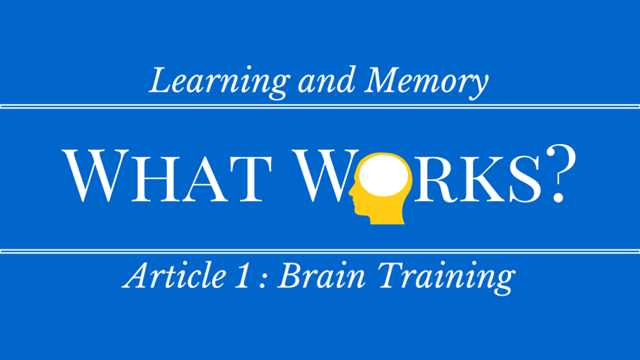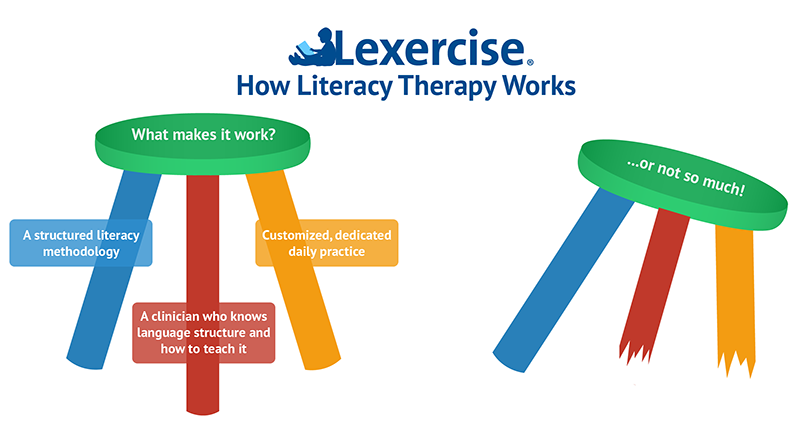Learning and Memory – What Works? Brain Training
Written by Sandie Barrie Blackley, Speech-Language Pathologist
Published on February 2, 2016
 Sandie Barrie Blackley, MA/CCC-SLP, ASHA Fellow, and Co-founder of Lexercise will be exploring the controversial subject of “brain training” and other educational programs in this bi-weekly series. There are so many programs out there, that it can be hard to know which one is the right one for your child. Sandie will teach you what is scientifically proven to work and what to look for so you don’t get stuck in a snake oil pit.
Sandie Barrie Blackley, MA/CCC-SLP, ASHA Fellow, and Co-founder of Lexercise will be exploring the controversial subject of “brain training” and other educational programs in this bi-weekly series. There are so many programs out there, that it can be hard to know which one is the right one for your child. Sandie will teach you what is scientifically proven to work and what to look for so you don’t get stuck in a snake oil pit.
You have probably heard the ads for Lumosity’s “brain training” program claiming that playing their computer games “benefits everyone”. They state that playing their games 10 -15 minutes a couple of times a week could improve memory, protect against dementia and Alzheimer’s disease, improve attention and focus, boost school, work, and athletic performance as well as reduce the negative effects of medical and mental health conditions.
In January 2016 the U.S. Federal Trade Commission imposed a multi-million dollar fine on Lumos Labs, the parent company of Lumosity, for “false or deceptive representations”. FTC Commissioner Julie Brill cautioned that companies should not overstate the benefits of products or imply that using these products can “transfer to real-world benefits”.
In the wake of this action by the Federal Trade Commission, it is worth thinking about the claims companies make about brain training and the differences between brain training products and therapy. Brain training products are usually, but not always, used with little or no professional guidance. Digital brain training products are typically plug-and-play. Physical “brain boosting” products or guidebooks are typically done following the same steps for all. In contrast, therapy, teaching, or coaching, aims to improve skill(s) and does not center on a product but on the application of a methodology and is customized, at least to some degree, to an individual. At its best, the methodology is based on consensus research and implemented by a well-trained, experienced professional.
The analogy of the three-legged stool summarizes consensus research on what works for overcoming reading, spelling, and writing difficulties. 
This is clearly not the kind of quick, easy, one-size-fits-all fix touted by “brain training” products. But how do the elements represented by the stool’s legs actually work to produce results? How can parents use the three-legged stool analogy to select an intervention that will produce “real world” reading, spelling, and writing results for their struggling students?
In the coming weeks, I’ll discuss four research conclusions about how we learn and remember, and I’ll explain why each of them depends on these three elements –and the way the elements work together.
If you enjoyed this article and are interested in learning more, make sure you read parts two, three, and four, linked below.
Improve Your Child’s Reading
Learn more about Lexercise today.
Schedule a FREE
15-minute consultation


